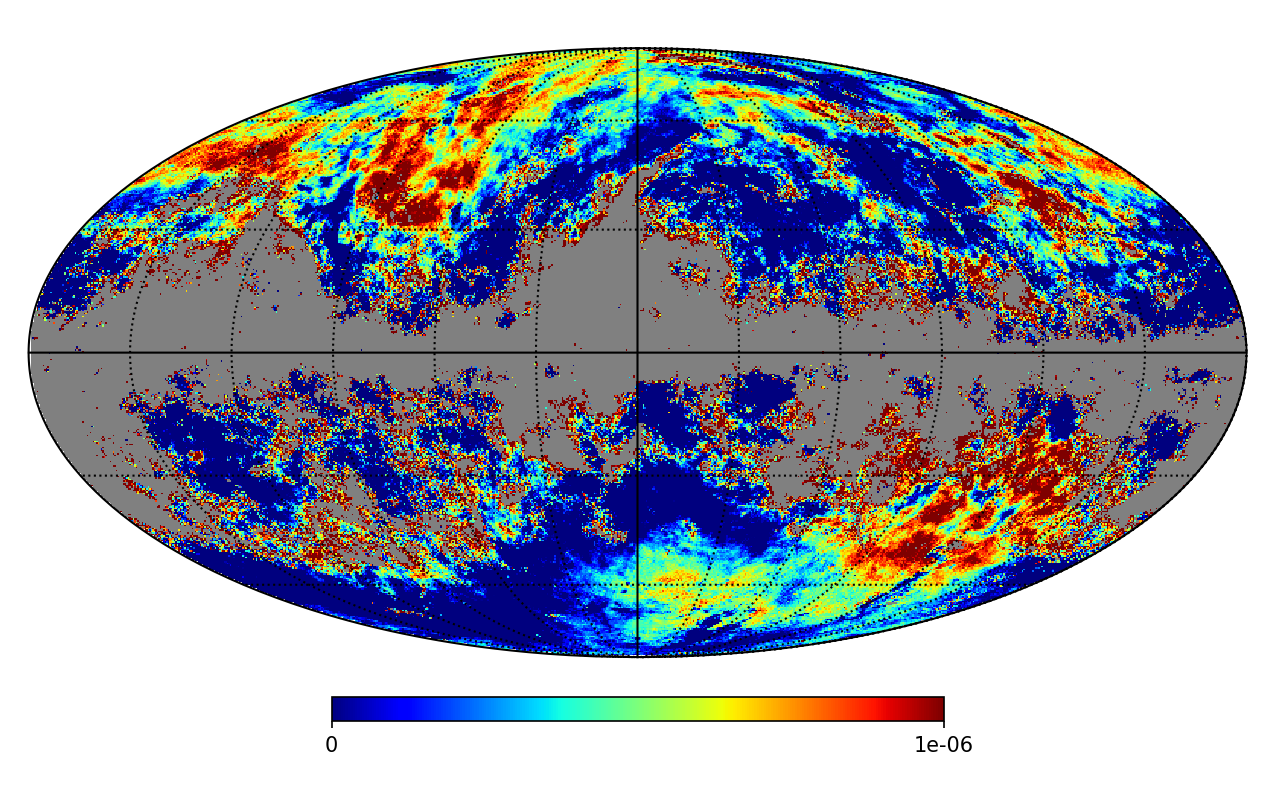Where dust and gas are uniformly mixed, atomic hydrogen can be traced through the detection of far-infrared or UV emission of dust.
We considered, for the origin of discrepancies observed between various direct and indirect tracers of gas outside the Galactic plane, possible corrections to the zero levels of the Planck-HFI detectors.
We set the zero levels of the Planck High Frequency Instrument (HFI) skymaps as well as the 100 μm map from COBE/DIRBE and IRAS from the correlation between FIR emission and atomic hydrogen column density excluding regions of lowest gas column density.
A modified blackbody model fit to those new zero-subtracted maps led to significantly different maps of the opacity spectral index β and temperature T and an overall increase in the optical depth at 353 GHz τ353 of 7.1×10−7 compared to the data release 2 Planck map.
When comparing τ353 and the HI column density, we observed a uniform spatial distribution of the opacity outside regions with dark neutral gas and CO except in various large-scale regions of low NH i that represent 25% of the sky. In those regions, we observed an average dust column density 45% higher than predictions based on NH i with a maximum of 250% toward the Lockman Hole region.

